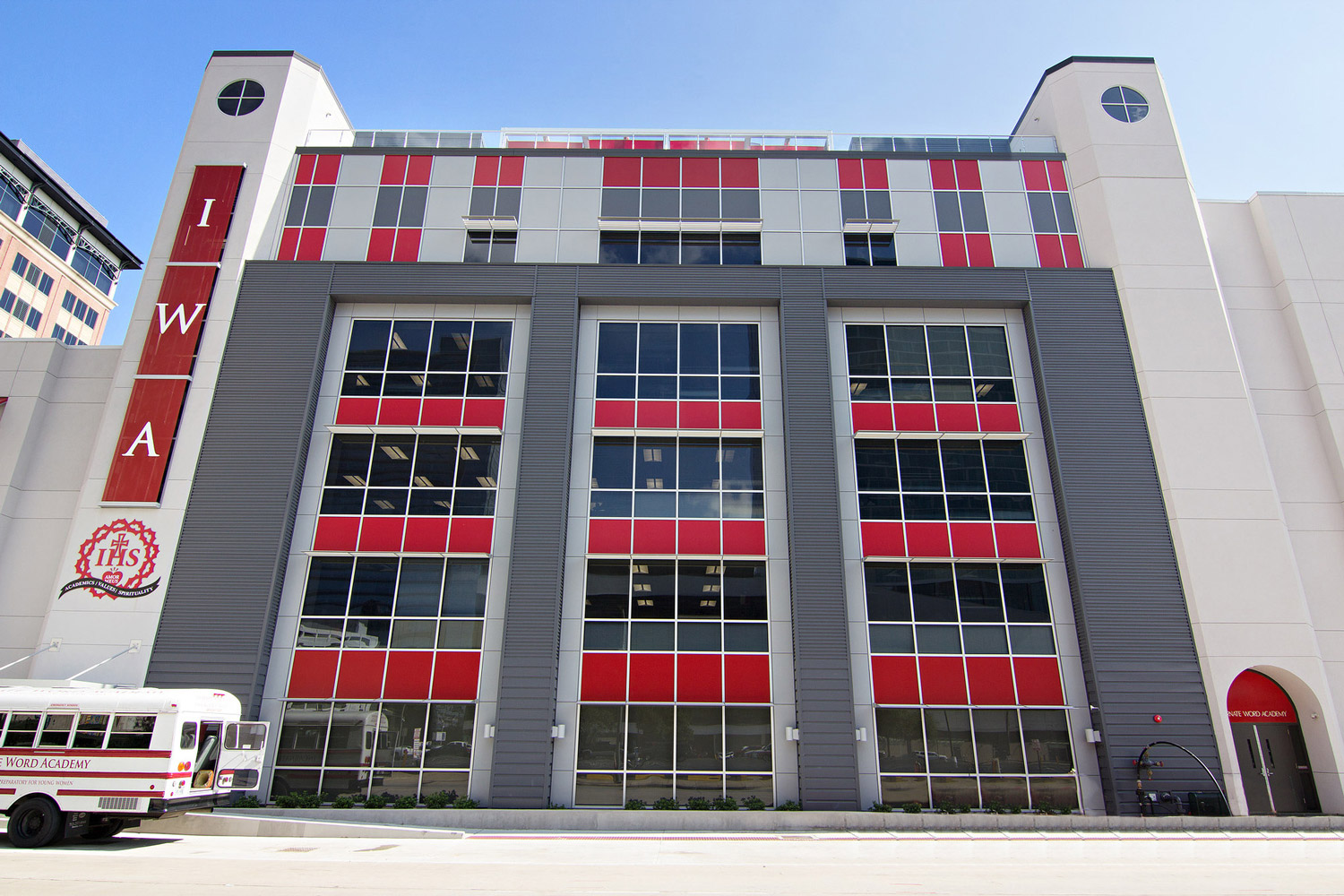Green Panels: Lowering Heating and Cooling Costs

Efficiency and sustainability are key considerations when building larger commercial buildings, impacting many design and material choices throughout the process. One option available to architects is green panels.
By using building materials that not only improve aesthetics but also mitigate heating and cooling costs, architects and builders can make their projects more appealing to potential clients and customers.
In fact, according to the Insulation Institute, lease rates for buildings with green materials like green panels can be up to 20% higher than average, which is a big selling point. The Insulation Institute also reports that more than a dozen larger cities now require that existing buildings be rated on their energy use.
That rating is publicly available and can factor into real estate deals, making it a worthy consideration for all industry professionals.
Understanding Green Panels
Green panels and building materials are built to maximize thermal efficiency to improve the functionality of the building without sacrificing any of the design aesthetics that make it unique.
Infill panels are a commonly used green panel solution, helping builders and architects elevate their designs while staying environmentally conscious.
Constructed from multiple thin layers of different materials, infill panels typically have a core made from polyurethane, polystyrene or mineral wool that is sandwiched between rigid facings made from metal.
The layered construction of the panel increases the thermal performance of the building by reducing the heat transfer and the overall amount of energy needed to maintain cool or warm temperatures inside.
Mapes’ insulated infill panels are made with an exclusive, high-density polystyrene core that increases the efficiency of an infill panel by more than 30%. They also have a two-pound density core that insulates without adding bulk so the panels are flat and easy to integrate into existing glazing systems.
These infill panels have long-term cost-effectiveness for commercial construction because they can lower heating and cooling expenses over the lifespan of the building.
Enhancing Building Sustainability With Green Panels

According to Columbia University, commercial buildings are responsible for about 40% of emissions worldwide. That number is projected to significantly increase by 2030 unless modern architecture embraces green design and materials.
Architects can use green panels to design buildings that meet current sustainability requirements and future regulations, so expensive retrofitting isn’t necessary.
By designing buildings using the best green construction materials, like Mapes panels, architects are future-proofing their buildings and making their designs more attractive to investors.
Compliance With Environmental Regulations and Certifications
Integrating building components that are energy efficient and made using green materials and manufacturing processes can make it easier to meet local regulations and get LEED certification.
While LEED certification isn’t required, it’s strongly recommended because of the impact it can have on the value of the building. The LEED certification can increase the building’s value and possibly make the builder eligible for local efficiency incentives or rebates.
LEED Certification for Commercial Projects
LEED certification is issued by the U.S. Green Building Council (USGBC) after a thorough review of an architect’s plans or existing building.
The first step in getting LEED certification is meeting basic requirements such as:
- Comply with environmental laws
- Be a complete, permanent building
- Use a reasonable site boundary
- Comply with minimum floor area requirements
- Comply with minimum occupancy requirements
- Commit to sharing whole-building energy and water usage data
- Comply with a minimum building area-to-site-area ratio
There is a multi-stage review where the committee will look at the design or construction to see if the process and materials used meet the sustainability requirements set by the USGBC.
Getting LEED certification takes time but will greatly increase the value of the building.
Integration Into Modern Architectural Design
Flat infill panels can fit into any glazing system, so retrofitting an existing building with sustainable materials and giving it a modern style upgrade is easy to do with Mapes’ solutions.
Mapes panels are available in a large range of colors and finishes, including six premium 70% PVDF metallics which are perfect for a style facelift. Standard 70% PVDF colors come in 32 stunning options and can be smooth or embossed.
Baked enamel, anodized aluminum and custom-colored spandrel glass are also available so that architects can put their own creative stamp on their designs without sacrificing sustainability.
Strategies for Efficient Energy Management
Integrating green building materials into a design will do more than just ensure the building meets local building codes.
It helps control heating and cooling costs for the people working, learning or living inside the building. Building with energy-efficient infill panels and other materials will reduce thermal transfer without sacrificing essentials like natural light.
There are also sustainable innovations in construction, such as plant walls, living roofs, solar roofs and the integration of green spaces into the design of a building. These innovations will create sustainable indoor/outdoor spaces with maximum energy efficiency to maintain moderate indoor temperatures year-round.
Find the Right Mapes Product for Your Next Project

Mapes has been an industry leader in sustainable and innovative construction materials for four generations.
As the modern building industry shifts to incorporating energy-efficient and green materials, we are committed to designing and producing innovative green products that give architects the style options they need without compromising sustainability or energy efficiency.
Browse our products to find the best architectural panels for your current designs, or talk to a member of our design team to learn more about how our panels can lower building costs without sacrificing quality.

